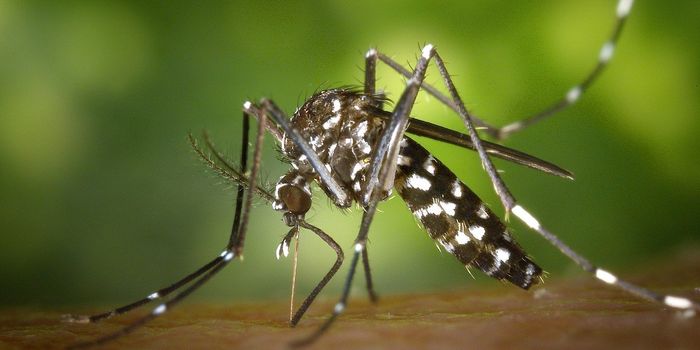Man-Eating Lions of Tsavo Weren't the Monsters They Were Painted to Be
In case you’ve never heard about the tale of the man-eating lions of Tsavo, two lions essentially terrorized a group of British construction workers in Kenya back in 1898 by snacking on dozens of workers. It wasn’t until Lieutenant Colonel John Patterson struck down the lions that the killings stopped.
Image Credit: thomaspedrazzoli/Pixabay
While John Patterson told stories about the creatures and their attacks in vivid detail, including the savage flesh-ripping and bone-crunching activity that led to the death of up to 130 British men, new science reveals that perhaps the story he told was more of an ego boost than it was accurate.
Unfortunately, scientists can only guess at what animal behavior was like over a century ago, but they can resort to other methods of investigation to find out what really happened during those unfortunate events.
Related: Lions are reportedly returning to Rwanda
Because the carcasses of the deceased lions were preserved after they were killed, scientists can still observe them today, and according to a study published in Scientific Reports, microscopic observations of the teeth from the preserved lions tell a slightly different story than what John Patterson originally shared.
A microscopic look at the microwear on the lions' teeth. Image Credit: DeSantis
The researchers knew from observing the teeth of numerous animals that when a specimen actually does chomp on bones, it will leave a certain pattern of microwear and tear on animal's teeth surfaces. These patterns typically aren’t seen on teeth from animals that leave bones behind and just chomp on soft flesh.
With that in mind, when researchers observed the teeth of the preserved remains of the man-eating lions of Tsavo, they found that the microwear and tear patterns were more consistent with that of eating soft flesh than they were with “bone crunching,” as John Patterson cited in his stories. They were a lot like the patterns normally seen on the teeth of captive lions, which are generally always fed soft flesh.
“We were surprised to see no evidence of extreme durophagy,” the researchers explained as a result of their dental observations. “We thought we were going to provide concrete evidence that these lions were scavenging and thoroughly consuming carcasses before they died. The man-eating lions have microscopic wear patterns similar to captive lions that are typically provided with softer food.”
The evidence seems to point to lions that preferred softer flesh to the hard and bony bits that are often left behind as scraps. On the other hand, the research also indicated that one of the lions had severe jaw injuries, which might explain why it was more apt to only eat soft flesh in the first place and avoid the bony bits that would have exacerbated the injury.
The research also seems to paint a new picture of the large cats: that they weren’t the fierce skeleton-crunching monsters they were made out by John Patterson to be, but rather injured cats that saw an opportunity to eat something they could manage to overpower. It was a classic ‘you gotta do what you gotta do’ instance for the cats.
Not only does this help to re-write the history that was originally only told from one man’s point of view, but it also illustrates the importance of well-preserved specimens for the sake of science. Trace evidence can tell a whole story that goes untold.
Source: EurekAlert, Smithsonian










